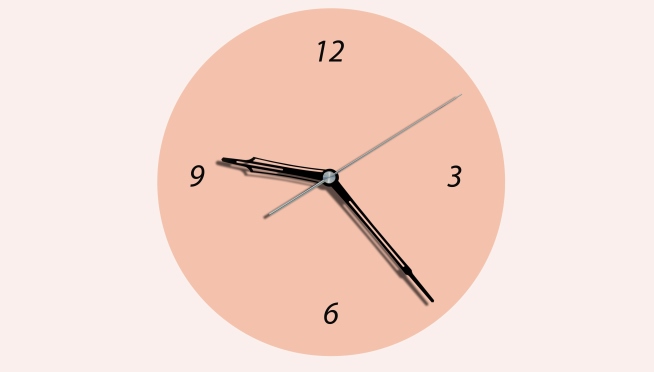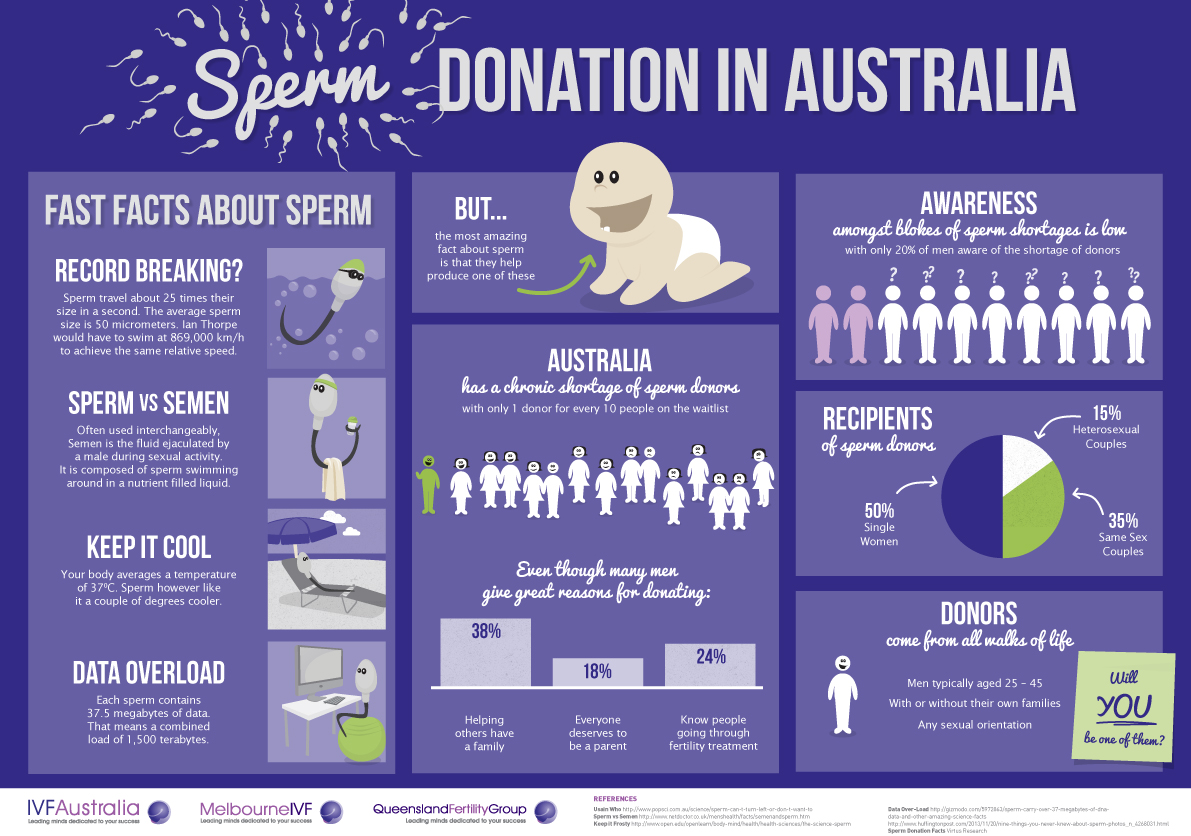There’s a lot of conflicting advice out there about how to increase your chance of conceiving. The piece of advice most often given is “get your timing right” – but what does that mean?
How do you know when the best time is to be having sex for conception and what do you need to know about your cycle?
A recent survey by Virtus Health revealed a staggering 74 per cent of women don’t know when in their cycle is the optimal time to conceive. While timing isn’t the sole factor, it is one of the most important. Knowing when you ovulate and your most fertile time can certainly improve your chances of becoming pregnant.

Your cycle demystified…
Understanding your cycle is the key to getting your timing right. Let’s break it down and look at what happens during each stage.
Menstruation: Days 1 – 5
Day 1 of your cycle is the first day of your period, meaning the first day of full flow (spotting doesn’t count). During this time, the uterus sheds its lining from the previous cycle. Between days 1 – 5 of your cycle, new follicles (sacs of fluid containing eggs) begin to develop within your ovaries.
Days 5 – 12
The body selects a follicle to develop and the dominant follicle begins to secrete oestrogen which in turn increases the thickness of the uterine lining, preparing it for pregnancy.
Ovulation: Days 12 – 15
The pituitary gland releases a surge of luteinising hormone (LH), triggering the release of the mature egg from the ovary and into the fallopian tube. Sperm can survive for up to 2 – 3 days in the fallopian tubes waiting for the arrival of the egg for fertilisation, however the egg has a window of approximately 12-24 hours in which it can be fertilised after release. The dominant follicle that has released the egg then forms the corpus luteum. This important structure releases progesterone (and oestrogen) which assist in maintaining the uterine lining.
Days 16 – 28
If the egg is fertilised, the embryo (fertilised egg) travels into the uterus and implants in the lining of the uterus. Once implanted, the embryo begins to produce Human Chorionic Gonadotrophin (hCG). This drives the corpus luteum to continue production of progesterone to support the pregnancy.
If no fertilisation has occurred, the egg is absorbed by the body, the corpus luteum degenerates, progesterone levels fall and the uterine lining breaks down, restarting the menstrual cycle.
What if my cycle is longer or shorter than 28 days?
A typical menstrual cycle is 28 days (or at least somewhere between 26 and 32 days), with ovulation occurring halfway through the cycle. The second half of the menstrual cycle is fixed at approximately 14 days, so a woman can count back from her last period to see when she ovulated. So if your cycle is longer, e.g. 35 days, you’ll probably ovulate later too – around day 21. If your cycle is shorter, e.g. 25 days, you’ll probably ovulate earlier – around day 11.
When should we be having sex?
Sex should be a fun and intimate activity, however many couples trying to conceive find that it can become a ‘chore’.
To reduce the stress associated with getting the timing right try to focus less on the day of suspected ovulation and instead make sure you are having regular sex – about every two days in the week around ovulation (around 2 weeks before your next period is due). For example, a woman with a 28 day cycle is best to have regular sex between day 11 and 17 of her cycle.
When should we seek advice?
I’d recommend seeing a fertility specialist if you’re under 35 and have been trying to conceive for over 12 months, or after six months if you’re over 35 years of age.
Other symptoms that may indicate a fertility issue are significant pain or discomfort throughout your cycle, heavy periods or an irregular cycle. If these symptoms are present, then it may be worthwhile seeing a fertility specialist sooner as there may be an underlying medical issue which could cause an avoidable delay in conceiving.
To calculate when you're likely to be ovulating, try our Ovulation Calculator:
Queensland »
Victoria »
New South Wales »
Tasmania »
Singapore »



